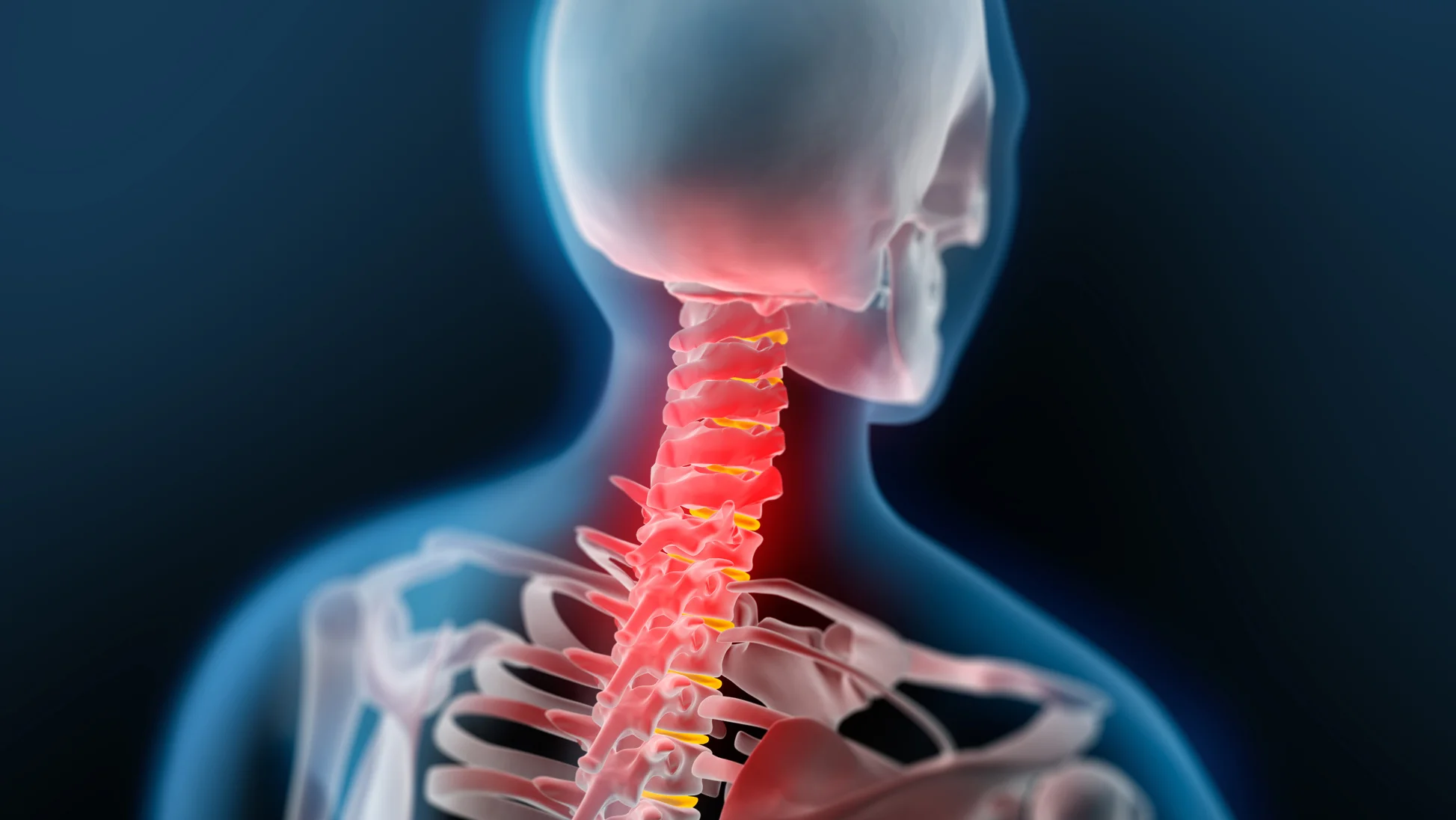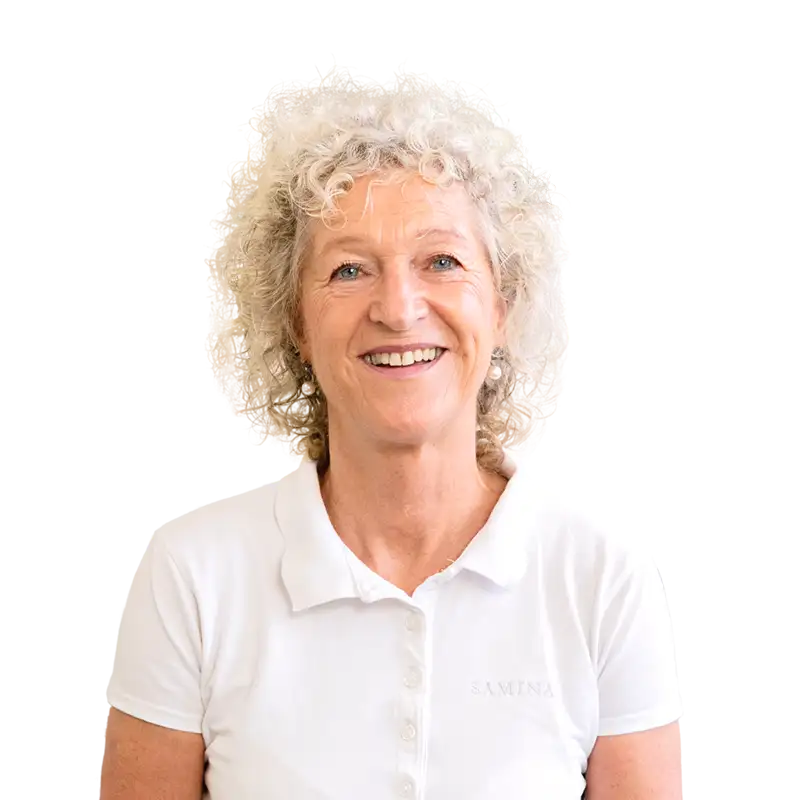
Cervical spine syndrome is being diagnosed more and more frequently. But what does that mean? What treatment and therapy options are there for cervical spine syndrome?
We will try to answer these and other questions below.
Table of contents
- What is cervical spine syndrome?
- Symptoms of cervical spine syndrome
- Causes of cervical spine syndrome
- Treatment/therapy cervical spine syndrome
- The best cervical spine pillows against neck tension
- Cervical spine cushion criteria
- Counselling & Test lying cervical spine cushion
- Cervical spine syndrome summary
What is cervical spine syndrome?
The term cervical spine syndrome is a collective term for various complaints in the cervical-neck area. Anyone suffering from cervical spine syndrome (cervical spine = neck spine) has unpleasant pain and sometimes also functional disorders in the neck and neck area. All complaints that occur in the area of the cervical spine are referred to as cervical spine syndrome. Like the lumbar spine, the cervical spine is also very sensitive and susceptible. More than 20% of adults suffer from acute or chronic neck pain. Women are more frequently affected than men.
Symptoms of cervical spine syndrome
The human cervical spine consists of seven vertebrae and the intervertebral discs between them. The first two vertebrae in particular have special functions: supporting (first vertebra = atlas) and turning the head (second vertebra = axis). The cervical spine is a bottleneck in the human body structure. Important blood, lymph and nerve pathways run through the narrowest of spaces, leading both to and from the head and brain, e.g. arteries and carotid arteries, which are responsible for supplying the brain. The nerve plexus in the throat and neck area is responsible for the motor innervation of the shoulder and chest muscles, the arms and hands and for the excitation of the throat muscles and the diaphragm, among other things.
This already provides an indication of possible symptoms of cervical spine syndrome: dizziness, nausea, visual and hearing impairment (including tinnitus), shortness of breath, headaches, pain and restricted movement in the neck and shoulder area, numbness. Not everyone affected by cervical spine syndrome suffers from all the symptoms.
The symptoms of cervical spine syndrome are often categorised into upper, middle and lower syndrome.
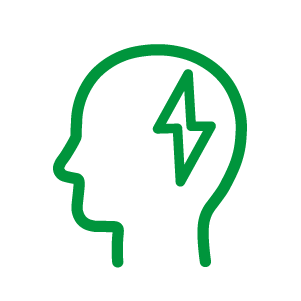
Upper cervical spine syndrome
Here the pain frequently radiates to the back of the head, often over the ears and into the forehead. The pain in upper cervical spine syndrome is often described as pulling and stabbing pain in the head area.
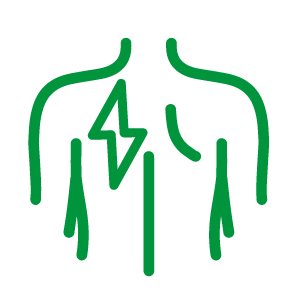
Middle cervical spine syndrome
Cervical syndrome often causes pain that starts between the shoulder blades and radiates into the shoulders. The arms can also be affected: pain in the arms, numbness and even signs of paralysis are possible. Those affected often complain of a feeling of instability.
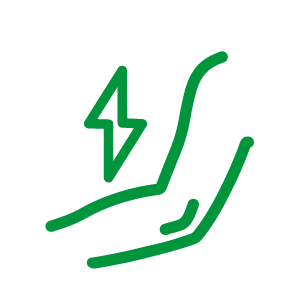
Lower cervical spine syndrome
This mainly affects the sixth and seventh cervical vertebrae. Lower cervical spine syndrome mainly affects the arms through to the hands.
Causes of cervical spine syndrome
There are many different triggers for problems with the sensitive cervical spine. A lack of exercise, poor posture at work or when sleeping, signs of wear and tear, but also an accident, whiplash or a slipped disc can be the cause. Too much stress and the associated muscle tension as well as a change in head posture can also lead to problems and painful tension in the cervical spine and cervical spine syndrome.
- Tense neck muscles: This is usually caused by one-sided physical strain, sitting for too long, poor posture, the wrong pillow, too little or incorrect exercise, but also stress
- Degenerative causes: age- and wear-related changes to the vertebral bodies or intervertebral discs
- Injuries: for example, whiplash caused by accidents
- Blocked vertebral joints
- Diseases: for example, inflammation of vertebral joints (facet syndrome), tumours, but also operations
A distinction is made between acute and chronic cervical spine syndrome: injuries, for example, are classed as acute and degenerative as chronic cervical spine syndrome.
Treatment / therapy for cervical spine syndrome
Therapies for cervical spine syndrome can be lengthy. That is why the following applies here in particular: Prevention is better than cure. Checking and changing your own movement patterns, paying attention to ergonomic working methods, using an orthopaedic cushion, sporting activities and rethinking your personal lifestyle in terms of stress, relaxation and balance are extremely helpful. If a cervical spine syndrome has nevertheless manifested itself, the following natural treatment options are available:
-
Physiotherapy and chiropractic - to relieve pain and build up supporting muscles in a targeted manner
-
Fascia training - to loosen stuck and painful structures, to train your own body awareness so that you can quickly correct any incorrect postures
-
Functional training - trains the body to carry out movements in a "functional" manner
-
Heat therapy - the muscles are loosened by fango or mud packs as well as red light irradiation. Thanks to the combination of different minerals, SAMINA bio-ceramic bedding has the ability to store the body's own infrared radiation and warm the body pleasantly. Combined with a filling of moisture-regulating, warming and healing sheep's wool, it is ideal for tense muscles.
-
Relaxation methods - yoga, autogenic training, meditation, muscle relaxation according to Jacobson are just a few ways of moving away from stress and towards relaxation
In the case of cervical spine syndrome following an accident (whiplash), it may also be necessary to wear a neck brace temporarily. Regardless of the cause of a cervical spine syndrome, an orthopaedic sleeping pad supplemented with a cervical spine pillow has a preventative effect and also significantly supports the healing process for existing complaints.
The best cervical spine pillows against neck tension
We spend around a third of our lives sleeping. It is therefore essential that our sleep is as restful and healthy as possible. Because at night we want to recover, regenerate and relax. Normal pillows do not fulfil the special requirements of cervical spine syndrome patients. They can sometimes exacerbate pain and tension in the neck and shoulder area. An ergonomically optimised cervical spine pillow supports this area and, with its various functions, ensures an ideal and healthy night's sleep - for more energy the next day.
You can find the right pillow for your needs on our pillow page.
What makes a cervical spine pillow?
The use of an orthopaedic neck support pillow is recommended for people who suffer from cervical spine syndrome. Choosing the right cervical spine pillow can support the therapeutic effect. However, it is important that the pillow fulfils the following four criteria:
-
anatomically correct adjustment in every sleeping and lying position of the sleeping person
-
despite a soft and cosy lying sensation, the pillow should provide optimum support
-
Guarantee freedom of movement
-
Manufactured from pure natural materials, which in the best case also have a pain-relieving and calming effect
Special pillows for cervical spine syndrome
The special cervical spine neck support pillows from SAMINA were developed in collaboration with various specialists from the fields of sleep medicine, orthopaedics and chiropractic under the direction of Prof. Dr med. h.c. Günther W. Amann-Jennson. The SAMINA pillow range includes different models and shapes of cervical spine pillows. The cervical spine pillows are specially shaped to relieve and support the cervical vertebrae during sleep. The head is centred on the neck pillow. This prevents the sensitive cervical spine from being bent and ensures an anatomically correct lying position throughout the night. The special neck support pillows, such as the SAMINA Delta, Kombi-med or Balance pillows, help to maintain the natural shape of the cervical spine and thus effectively counteract pain or tension.
Consultation & test lying Cervical spine pillow
To find the right pillow for you, we recommend a personal sleep consultation in one of the SAMINA specialist shops or in the showrooms of the SAMINA sales partners. Here, interested parties can receive comprehensive and personalised advice with all the information they need on topics such as back, cervical spine and cervical spine syndrome, sleep, bed and pillows. In addition to a suitable pillow, a slatted frame and a good mattress are also important when it comes to healthy and restful sleep.
Simply select your country and contact an advisor
Cervical spine syndrome summary
To summarise briefly, it can be said that cervical spine syndrome is on the rise in our society. There is hardly anyone who does not suffer from pain and restricted movement in the cervical-neck area. However, cervical spine syndrome can be easily prevented by making simple adjustments to your personal lifestyle and using a good sleeping surface, or, in the case of existing complaints - regardless of the cause - therapy can be supported with a pleasantly warming orthopaedic pillow from SAMINA.
SAMINA - the experts for healthy sleep and night-time regeneration.



